The HTC One: A Remarkable Device, Anand’s mini Review
by Anand Lal Shimpi on March 21, 2013 4:49 PM EST- Posted in
- Smartphones
- HTC
- Mobile
- HTC One
The Camera
If the One’s industrial design and materials choices make it nice to own, it’s the camera that makes the One a must have. In fact, that’s how it all started for me. I popped my test sim into the One and started carrying it around with my iPhone 5 as I went about the user experience part of my review process. I quickly found myself only taking photos using the One, and using the 5 for everything else. After a few days, the 5 was pretty much only used to check iMessages and answer calls to that number - with the One being used for everything else.
I remember talking to Brian after he first learned about what HTC decided to do with the One’s camera system. I believe he said something like “this is exactly what they should be building”. In the three years I’ve worked with Brian I don’t think I’ve ever heard him say that about any smartphone OEM’s decision with any component/subsystem. The strong endorsement was enough to pique my interest in the One.
Brian will go into great detail about the One’s camera in his review, and what I’ll provide here is no where near doing it justice but I’ll do my best.
At a high level, HTC’s strategy with the One is to boldly bow out of the megapixel race and instead integrate a lower resolution rear facing camera sensor with larger pixels. Each pixel in the One’s 4MP rear facing camera sensor is over 2x larger than those in the iPhone 5, and even larger than those in the Galaxy S 4. Larger pixels help ensure a better signal to noise ratio, which in turn can really improve low light performance when paired with a suitable lens.
The downsides are obvious. Very well lit scenarios can suffer compared to a higher resolution sensor, and the bigger issue for HTC is that 4MP doesn’t sound as good to the uninformed consumer compared to the Galaxy S 4’s 13MP rear camera. HTC tried to get around the latter problem by calling its larger pixels Ultrapixels, but then it’s up to point of sale training to ensure that the benefits are adequately conveyed. Call me cynical but I don’t have a bunch of faith there.
The F2.0 lens ensures a bunch of light can hit the sensor, and the result is easily the best low light performance I’ve ever seen in any Android or iOS smartphone. I took this shot during Jen-Hsun’s GTC 2013 keynote earlier this week:
The One seems to want to drive ISO as high as possible to increase brightness, so for this particular shot I manually set ISO down to 100, but otherwise everything else was left to defaults.
The Auto ISO algorithm doesn’t always drive itself super high however, the shot below is outside of Terminal 2 at the RDU airport at 11:29PM:
For this shot I didn’t touch anything and the result was a surprisingly low-noise shot.
It’s not just night shots where the One’s camera excels, but also in the more common poorly lit indoor scenarios where I come away very impressed:
HTC One
In well lit outdoor scenes the One’s camera does a reasonable job (although HTC seems to have an issue with noise in these well lit scenes from whatever processing they seem to be doing):
Integrating a good sensor and camera system is just part of what the One does really well here. The feature that I’ve found resonates the best among normal smartphone users is the highlights reel.
Sense 5.0 will automatically assemble 30 second highlights videos based on photos and video you’ve taken throughout your day. The One automatically adds filters, background music and stitches everything together; all you have to do is use the camera to take photos and video, everything else happens automatically.
The highlights reel below is one that was automatically generated based on my photos and videos from opening day at GTC 2013:
Although highlights reels are automatically generated, you can also generate highlights of individual albums. I created an album of photos I had taken over the past couple of trips (as well as some shots I took at home) and the One created this video:
Each highlights reel is shared as standard MP4 (baseline profile, ~3Mbps 720p H.264), so compatibility isn't a concern.
You can manually choose from multiple themes (filters/music combinations, 6 total), but there’s unfortunately no way to add your own background music yet (I suspect this is coming in the next major update).
The highlights reel is easily the most emotionally engaging feature the One has to offer, even ranking above aesthetics and build quality in my opinion. It’s the type of feature that really seems to resonate with everyone I show it to. The killer aspect in all of this is the fact that the One will put together highlights reels automatically, with no user intervention.
I can see the background music and filters getting boring after a while, and that’s why it’s very important for HTC to quickly enable end users to supply their own audio tracks (as well as quickly - and regularly - expand the collection of filters offered).
The downside to the One’s highlights reel autonomy is the feature remains relatively buried, almost hidden in the gallery app rather than front and center like Blinkfeed. The highlights reel is easy to demonstrate to someone else, it’s just not as obvious of a feature when you pick up the phone for the first time.
I haven’t touched on Zoe, the ability to simultaneously shoot stills and record a short video - both at full res. Zoe is a difficult feature to really explain without demonstrating it, but it does wonders in the creation of highlights reels. Zoe is a great way of dealing with the problem of what to do when your subject is in motion - do you hope for a good still or just capture a video? Zoe interestingly enough does both. It’ll capture a 1080p30 video, as well as 20 full resolution (4MP) stills at the same time.
I’ve mostly been using Zoe as a way to make my highlights reels more interesting, but the best use case I’ve seen was actually by a friend of mine who used it to capture the actions of some street performers in Europe. In one Zoe he had performers spinning on their heads, which typically would make for a good video or an emotionless (but potentially cool) still. Zoe delivered both.
The One, like Nokia’s Lumia 920, features optical image stabilization (OIS), which is designed to help both in shooting video as well as improving low light performance. In practice, I’m not super impressed with the OIS implementation on the One. It seems to need a bit of tuning, but I’ll leave it to Brian to explain exactly what’s going on.
Shot to shot latency on the One is amazing. Video quality is solid as well.
The One has the physical beauty to get you interested, but the camera prowess to keep you engaged.


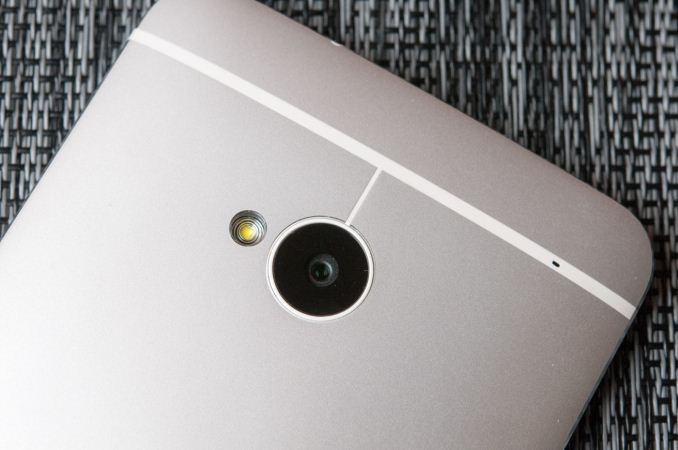
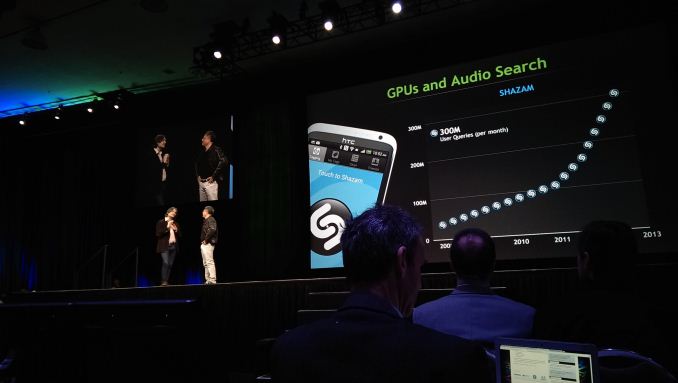

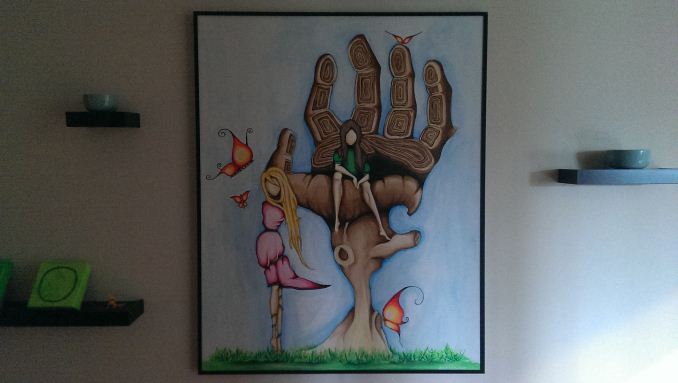
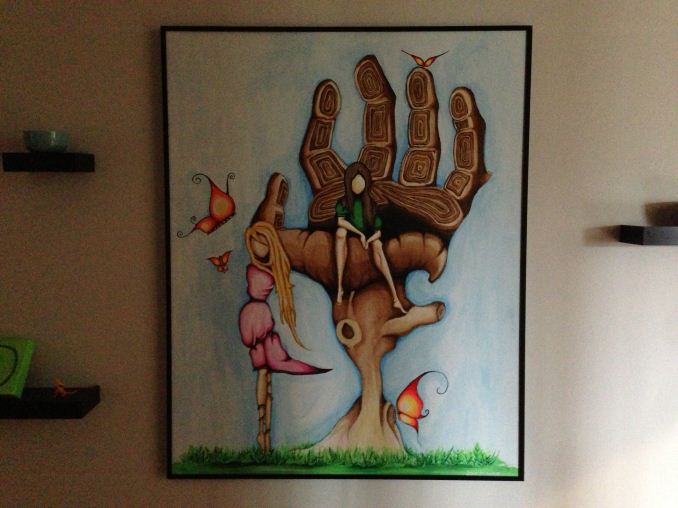
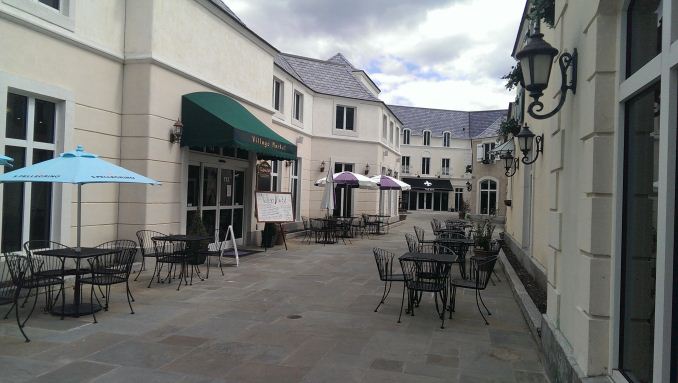








434 Comments
View All Comments
DEECEE - Friday, March 29, 2013 - link
AMD based GPU? I hope it's not one of those desktop version GPU's, that will run on the battery for like 1 minute?superflex - Monday, March 25, 2013 - link
The only issue I see with the One is the lack of a menu button. I can certainly live without a replaceable battery and SD slot. Never had the need in 2.5 years on an EVO 4g to use a replacement or expanded battery, but I'm not a voice whore like some people.odiHnaD - Monday, March 25, 2013 - link
Anand,Thank you for the mini review, looks like a great device.
Kinda sad to see the trolling/bickering in the comment though, this site used to be a safe haven for intelligent and insightful comments...
phillyry - Tuesday, March 26, 2013 - link
+1Biln3 - Monday, March 25, 2013 - link
Im sure not many people do swap batteries, my concern is after about a year the battery will start to get weak and hold less and less a charge. since this is your average sized battery not a s big as razr maxx, alot of people will have to charge this phone everyday, some people twice to 3 times a day. batteries only last a certain amount of charges before they start to get weak. so what do we do when the battery starts to only last 60-70% as it did when it was brand new?but i will probably get this phone just because of the loud built in speakers. the new features the galaxy s4 has are just gimicky novelty items to me, nothing really useful.
Belard - Monday, March 25, 2013 - link
Is it just me? Or does this phone look like what the iPhone5 should have been?hp79 - Tuesday, March 26, 2013 - link
I thought this is supposed to be iPhone6. Maybe it has something to with HTC and Apple's settlement pact. The separated antenna from the body looks just like the ones in iPhone4.Who cares... As long as it has good build quality and it can open the camera app very fast, then quickly be able to review and delete, I'm fine with it. My Note (N7000) with stock JellyBean is really slow at this basic task.
I wish if they do a video review, they also test how quickly and smoothly these tasks can be done. I want to see no stutter at all. I even saw Nokia 920 stuttering with loading the menus in picture review mode.
phillyry - Tuesday, March 26, 2013 - link
Looks pimp to me.It's the iPhone's better looking Android twin.
Prolly better feeling too with the curved edges. iPhone 5's are too sharp and its thinness coupled with its flatness make it unpleasant to hold without a case.
phillyry - Tuesday, March 26, 2013 - link
But I'd take the iPhone's 112g weight over the One's 143g though.The iPhone 5 feels like a feather compared to the 140g iPhone 4S, which feels like a brick.
So, one can only conclude that the weight'll be a drawback.
daleski75 - Tuesday, March 26, 2013 - link
If you think that is heavy I would hate to think what you would say about the Nokia Lumia 920... I own a HTC One and it's very light and much nicer to hold than the iPhone 5.